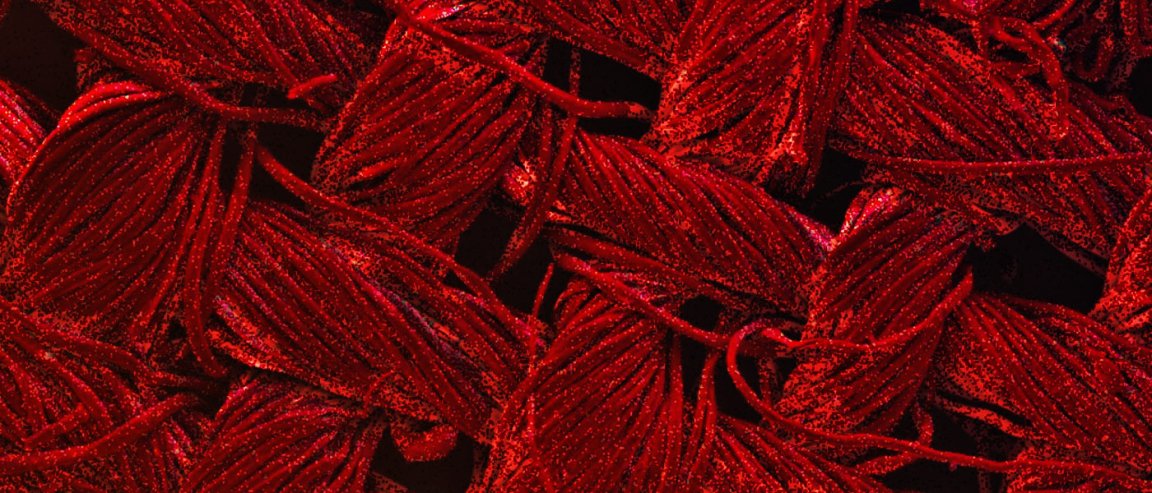
Same shirt. Different day.
This might have been the mantra of a team of researchers from RMIT University in Melbourne, Australia who recently used nanostructures to create a textile that cleans itself when exposed to light.
“There’s more work to do to before we can start throwing out our washing machines, but this advance lays a strong foundation for the future development of fully self-cleaning textiles,” says Dr Rajesh Ramanathan, co-author of the study published in the March 2016 issue of Advanced Materials Interfaces.
Currently, the team has only successfully built the nanostructures on a small scale, and they are still working on how to permanently attach them to textiles to be used for industrial scale production.
Making the washing machine is safe…for now.

How do self-cleaning textiles work?
The research team dipped the textiles into a few different solutions of copper and silver-based nanostructures, which are known to absorb visible light. After about 30-minutes, nanostructures grew directly and settled onto the textiles. When light hits the textile, it receives an energy boost and creates “hot electrons.” Once these “hot electrons” are activated, they develop the ability to break down organic matter.
In their tests, it took less than six minutes for some of the nano-enhanced textiles to automatically clean themselves.
“The advantage of textiles is they already have a 3D structure so they are great at absorbing light, which in turn speeds up the process of degrading organic matter,” says Ramanathan. Aside from scaling up the project, the team is also working on how effective these self-cleaning textiles would be against common stains, such as tomato sauce and wine.